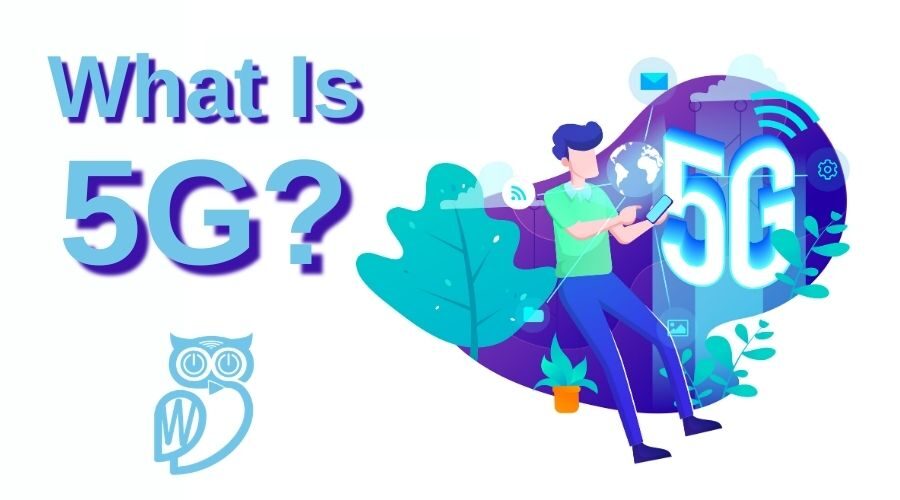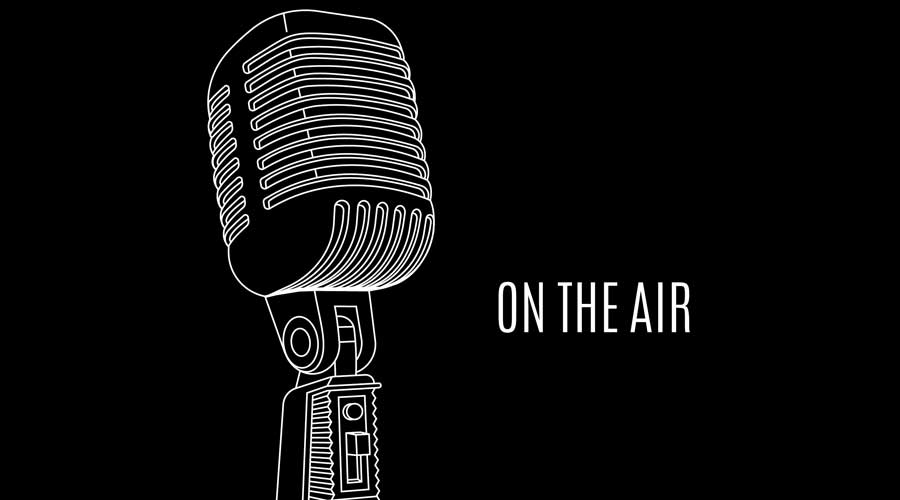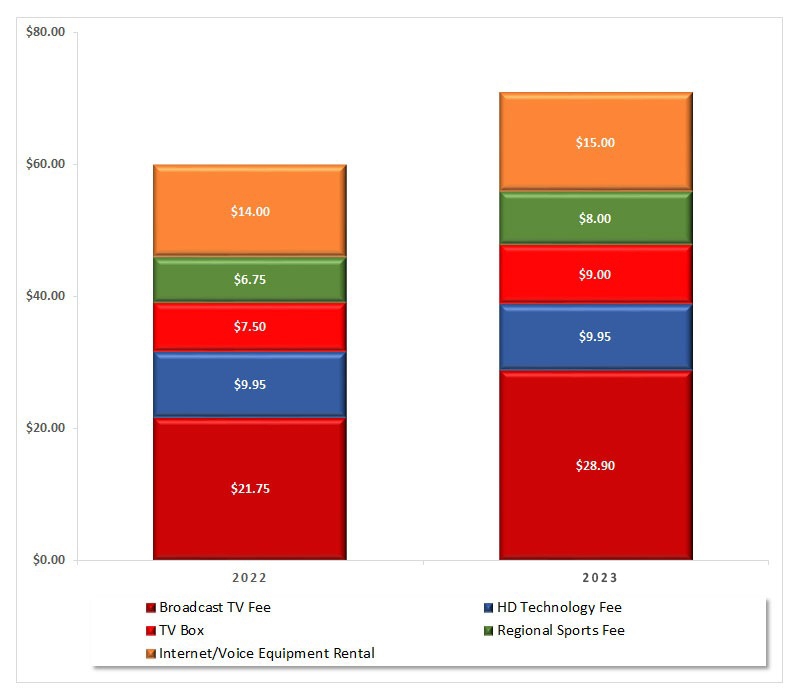What Is 5G? Everything You Need To Know In 2021
What Is 5G? Don’t I Already Have A 5G Network?
We get this question a lot. It is especially confusing because many people think they already have 5G because most newer WiFi devices in the home have a 5GHZ WiFi network. When you are on your phone or tablet and trying to connect to WiFi networks you will often see two WiFi network names (SSIDs). This is where the confusion begins because the 5GHZ WiFi network you see in the home is not the same as all the 5G you see advertised on TV by the big mobile providers.
This example might help. Imagine walking into a friend’s house and asking to get access to their WiFi on your phone. Your friend says, “Sure. The name is My_Home_Network.” You look at the WiFi settings in your phone and see the following two WiFi options:
- My_Home_Network-2.4GHZ
- My-Home_Network-5GHZ
You can connect to either one of these WiFi networks (SSIDs) with the password supplied by your friend. The 2.4GHZ WiFi will be slower than the 5GHZ WiFi but it will extend further. 5GHZ will be faster but might not reach all the way out into the back yard. 5GHZ refers to the frequency of the radio waves used to bring you faster WiFi speeds. (see our Nerd alert below for more details)
5G Is Not 5GHz
To avoid confusion and misunderstandings we need to look at what 5G really is. 5G is one of the latest technology upgrades to wireless communication networks. It will be used to transmit huge amounts of data and high speed connections over cellular phone networks, which is a huge improvement from current 4G technology. But many people have been confused by the term as 5G is often marketed as “5Ghz” because it includes 5 Gigahertz frequency spectrum, which is commonly associated with WIFI internet speeds.
Differences Between 5G And Previous Generations (4G, 3G, 2G, 1G)?
- 1st Generation (1G) – Where it all Began – 1st Generation
- The first generation of mobile networks – or 1G as they were retroactively dubbed when the next generation was introduced – was launched by Nippon Telegraph and Telephone (NTT) in Tokyo in 1979.
- 1G technology suffered from a number of drawbacks. Coverage was poor and sound quality was low.
- 2nd Generation (2G)- The Cultural Revolution
- The second generation of mobile networks, or 2G, was launched under the GSM standard in Finland in 1991. For the first time, calls could be encrypted and digital voice calls were significantly clearer with less static and background crackling.
- But 2G was about much more than telecommunications; it helped lay the groundwork for nothing short of a cultural revolution. For the first time, people could send text messages (SMS), picture messages, and multimedia messages (MMS) on their phones.
- 3rd Generation (3G) – The ‘Packet-Switching’ Revolution
- 3G was launched by NTT DoCoMo in 2001 and aimed to standardize the network protocol used by vendors. This meant that users could access data from any location in the world as the ‘data packets’ that drive web connectivity were standardized.
- 3G’s increased data transfer capabilities (4 times faster than 2G) also led to the rise of new services such as video conferencing, video streaming and voice over IP (such as Skype)
- 4th Generation (4G) – The Streaming Era
- 4G was first deployed in Stockholm, Sweden and Oslo, Norway in 2009 as the Long Term Evolution (LTE) 4G standard. It was subsequently introduced throughout the world and made high-quality video streaming a reality for millions of consumers. 4G offers fast mobile web access (up to 1 gigabit per second for stationary users) which facilitates gaming services, HD videos and HQ video conferencing.
- The catch was that while transitioning from 2G to 3G was as simple as switching SIM cards, mobile devices needed to be specifically designed to support 4G. This helped device manufacturers scale their profits dramatically by introducing new 4G-ready handsets and was one factor behind Apple’s rise to become the world’s first trillion dollar company.
- 5th Generation (5G) – The Internet of Things Era
- 5G has actually been years in the making because so many more devices are being connected to the Internet and the 4G networks cannot handle it all.
- The superior connectivity offered by 5G promised to transform everything from banking to healthcare. 5G offers the possibility of innovations such as remote surgeries, telemedicine and even remote vital sign monitoring that could save lives.
Do You Need To Protect Yourself From 5G?
Since 5th Generation wireless service started rolling out, there have been many questions about health concerns. As we are not scientists, we cannot make any claims about health but this website, Wirelesshealthfacts.com, might be a good place to start.
Want To Know More 5? Nerd Alert!..
5GHz Wi-Fi is a short range, home networking system that operates in the five-gigahertz radio band. It’s been around since 1999, but it became more popular when 802.11n home routers were released in 2009. WiFi has it’s own set of versions including: 802.11a, 802.11b, 802.11g, 802.11n (Wi-Fi 4), 802.11ac (Wi-Fi 5), 802.11ax (Wi-Fi 6). “N” and “AC” are most commonly used today, with AX devices available on newer/higher end devices. Newer versions of WiFi can support faster transmission speeds, usually at the expense of shorter range. The WiFi devices StreamWise Solutions installs support 802.11 ac/n/a 5GHz, and 802.11 b/g/n 2.4 GHz.
For reference, in the USA ,older cordless (not cellular) home phones and Bluetooth devices operate in the 2.4 Ghz band, which can cause interference with WiFi devices. Newer cordless phones operate in the 5.8Ghz band or DECT 6.0 phones operate in the 1.9Ghz band (but in this scenario, 6.0 does not refer to the spectrum band, since they decided DECT 1.9 might have confused consumers).





